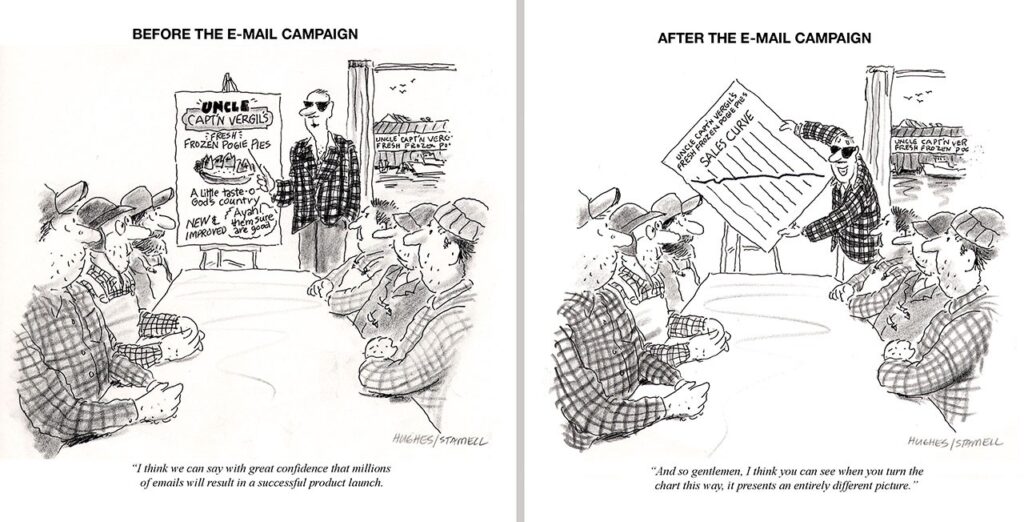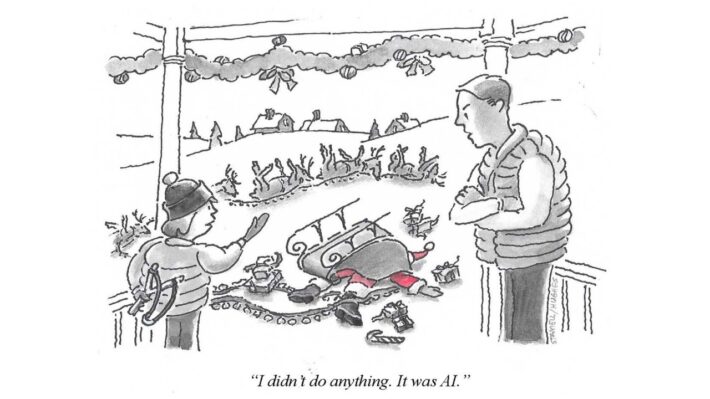How to make your holiday emails work

You may have noticed a growing number of marketing emails in your inbox recently. It may have been a slow increase at first but the pace is quickening. I’m in the customer engagement business so I keep track. For most of the year, I get around 2,500 emails a week, including those that automatically go into my junk folder. Last week, it was a little over 3,000, and it’s still climbing. Retailers have been gearing up for the holidays, and their email blitzes are in full force.
It’s not as if I could actually read 4,000+ emails. Half are likely to go into my junk folder, and I’ll delete all but around 15% of the ones that remain. Most are from some retailer I bought from at some point in my life, but they don’t speak to my interests or current needs so I’ll delete them.

You may do the same when you open up your emails, see a couple dozen waiting, hit the edit button and go down the list: delete, delete, delete, keep that one as it’s from a source you trust, delete, delete, keep that one because it addresses your interests, and so it goes. It’s analogous to receiving multiple catalogs in the mail and tossing them all in the trash.
The new thing (actually old) that digital marketers tell you is to personalize your bulk emails. This is made easy with “mail merge” solutions, but does it really work? When you delete a long cascade of emails or clear your junk file, do you really look to see if they began with Dear Fred or Jane? We all know the game. These marketers don’t know us, they just have our first name and the email still comes from a “batch and blitz” campaign. Some platforms advise you to send out emails at 10am on a Tuesday or Wednesday, but that probably only determines when you delete them.
So what works for the marketer and is actually meaningful for the consumer? Think about a positive exchange in a retail store. The customer goes in and the salesperson asks if they need help. Then begins an exchange of “I’m looking for…” From that, the sales person understands the consumer’s interests, may ask a couple more questions, and then directs the customer to a particular product or range of products.

That’s the pattern that needs to be replicated digitally in order to get the consumer to pay attention. Emails that address a consumer’s interests are much more likely to get read and get a response. But, you can’t do that through the usual “batch and blast,” and personalization won’t help you.
The key to having a successful digital exchange is to start earlier by asking the consumer what part of your product offerings they’re interested in. For example, if you’re a wine retailer or producer, you’d address someone who says their interest in wine is related to food pairing differently from someone who loves to travel to wine regions. If you sell clothing, a different sales pitch is needed for someone who is outdoorsy and casual than for someone who is a party animal. If you ask your customers about their interests and lifestyles, you can send a specific message tailored to that individual. That’s the type of content that tells consumers that you have what they need.
There are many ways to acquire individual interests, needs and perceptions to help you build customer personas, but success doesn’t happen overnight and requires a long-term commitment. It sends your customers a message that you know who they are, what they’re interested in and why. It provides you with both their persona and a trove of information that will help your business succeed in a highly competitive marketplace, particularly in the midst of holiday chaos.



